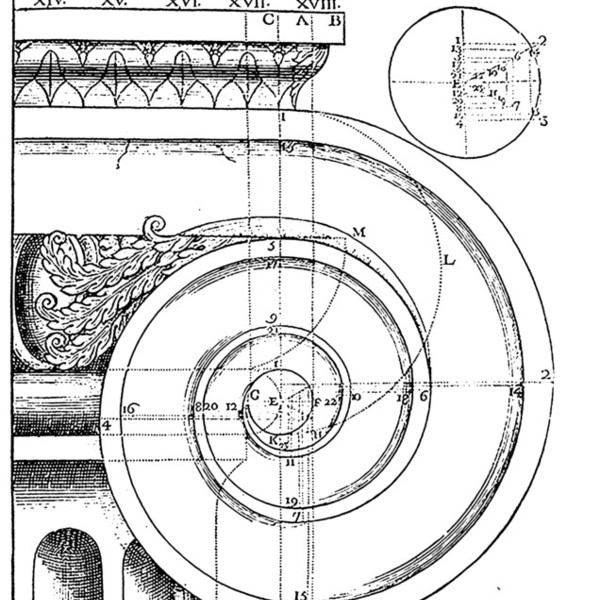Our Inspiration
Rome and the Renaissance:
This is our Inspiration
Design 2000 has always had its headquarters in Rome. Our love for this unique city, for its history and its long architectural tradition, informs everything that we do. Here in Rome we are surrounded by the most astonishing buildings. We have a built heritage that goes back to the days when this was the capital of a global empire, and we are constantly in the presence of the great flowering of architecture that took place during the Renaissance era.
How does this inheritance inspire us? How do we draw on the creative genius of our forebears when we design a home or an interior in the present day? There are many ways. First, beauty begets beauty. When we are asked to design a building, we cannot help but have in our minds images of such gems as the Pantheon with its majestic dome; or the colonnade of St Peter’s Square, which is like an architectural embrace; or the deceptively simple cylindrical form of the Castel Sant’Angelo, Hadrian’s mausoleum. It is not so much that we want to emulate the forms of these great buildings – though sometimes we make use of classical elements such as columns, ogival arches and inner courtyards. It is more that when we are asked to make something imposing (a corporate headquarters, say) or sumptuous (such as the reception rooms of a foreign consulate) we already know instinctively what that effect feels like to a viewer or a visitor, and we know how to attain it.
More than that, we are working in a Renaissance tradition when we take our deeply Italian aesthetic to other countries, and we reinterpret it there in the light of local customs and traditions. This is exactly what happened in Europe and elsewhere during the Renaissance period: Italian ideas of grandeur took root in many countries. The Renaissance was a time when Italian architecture was esteemed and emulated throughout the known world. It was also a time of great eclecticism. The architecture of that era drew on classical, Byzantine, Islamic and Gothic models, and we are similarly adaptable. We consider versatility to be one of our key skills, and we are willing and able to create wonderful buildings and interiors in any style or idiom that our client desires.
In the fifteenth century, the Italian architect and author Filarete wrote that ‘building is nothing if not a heady pleasure, as when a man is in love. Everyone who has experienced it knows that there is so much pleasure in building that, however much a man does, he wants to do more.’ We come to every new commission with that keen attitude: ready to do more, to do better than ever before, and to deliver something our clients will fall in love with.
